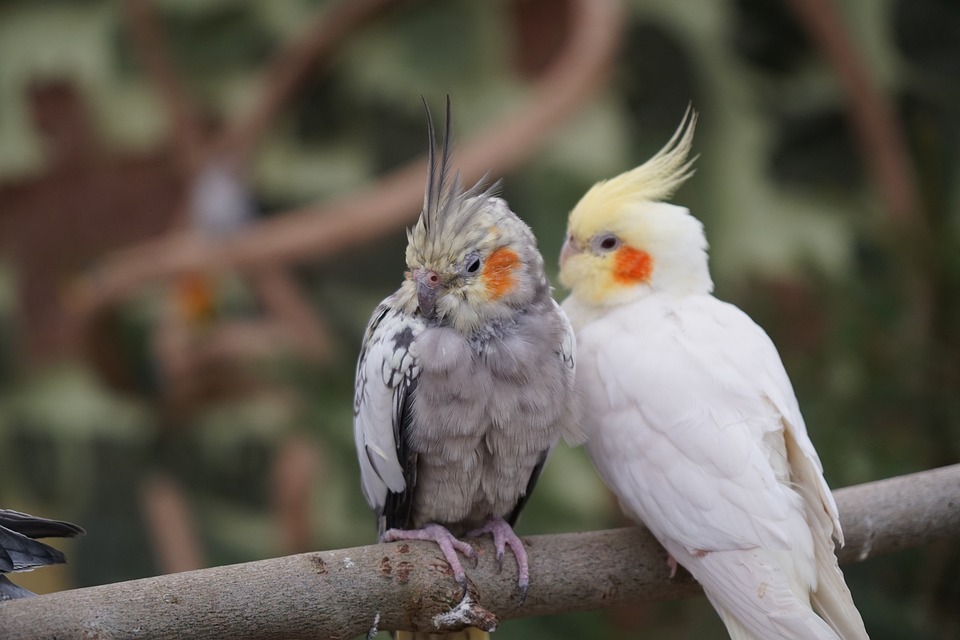Parrots are intelligent and social creatures known for their ability to mimic human speech and exhibit a wide range of behaviors. However, some parrots may develop negative attention-seeking behaviors, which can be both frustrating and challenging for their owners. In this article, we will discuss how positive reinforcement can be effectively used to discourage these unwanted behaviors and promote more desirable ones.
Parrots, like other animals, seek attention from their owners. They may resort to negative attention-seeking behaviors when they feel ignored, bored, or anxious. These behaviors can manifest in various forms, such as excessive screaming, biting, feather plucking, or destructiveness. It is crucial to address these behaviors promptly to prevent them from becoming ingrained habits.
Positive reinforcement is a powerful training technique that rewards desirable behaviors, making them more likely to be repeated. By utilizing positive reinforcement, parrots can learn alternative, more acceptable ways to seek attention and engage with their human companions. This approach focuses on rewarding good behavior rather than punishing negative behavior, creating a more positive and trust-based relationship between the parrot and its owner.
Here are some steps to discourage negative attention-seeking behaviors in parrots:
1. **Identify the Trigger**: Observe and determine the underlying cause of your parrot’s attention-seeking behavior. Is it boredom, lack of mental stimulation, fear, or the need for social interaction?
2. **Provide Adequate Stimulation**: Ensure your parrot’s environment is enriched with toys, puzzles, and activities that cater to their natural instincts and provide mental stimulation.
3. **Establish a Routine**: Parrots thrive on routine, so create a consistent daily schedule that includes interactive playtime, training sessions, and quality bonding time.
4. **Reward Positive Behaviors**: Whenever your parrot engages in desirable behavior, such as quiet play or exploring toys, immediately reward them with praise, treats, or attention. This reinforces the desired behavior and encourages it to happen again.
5. **Ignore Negative Behaviors**: When your parrot exhibits attention-seeking behaviors like screaming or biting, withhold attention and avoid reacting. This teaches them that such behaviors do not result in the desired response.
6. **Redirect and Distract**: Instead of focusing on negative behaviors, redirect your parrot’s attention to more appropriate activities or toys. Introduce new toys or engage them in training exercises to divert their focus.
7. **Consistency is Key**: Be consistent in your approach and ensure all family members and caregivers follow the same guidelines. Inconsistencies can confuse your parrot and hinder progress.
It’s important to note that the timeframe for positive reinforcement to show results may vary depending on the parrot’s individual personality, history, and the consistency of positive reinforcement techniques. It can take weeks or even months for noticeable improvements. Patience and persistence are vital.
If the unwanted behaviors persist despite positive reinforcement, it is recommended to consult a professional avian behaviorist or an experienced parrot trainer. They can provide personalized guidance and help address the specific issues your parrot is facing.
Negative reinforcement or punishment should be avoided as they can have adverse effects on your parrot’s well-being and the bond between you. They may increase fear, aggression, or other negative behaviors. Positive reinforcement is a more effective and humane approach.
Besides positive reinforcement, ensuring your parrot receives proper nutrition, regular exercise, and mental stimulation can also contribute to reducing attention-seeking behaviors. Providing a safe and comfortable environment where your parrot feels secure is crucial as well.
Using positive reinforcement is a gentle and effective method to discourage negative attention-seeking behaviors in parrots. By understanding the root causes, providing stimulation, and consistently rewarding desirable behaviors, you can foster a healthier and more harmonious relationship with your feathered companion. Remember, patience and consistency are key to achieving lasting results.









